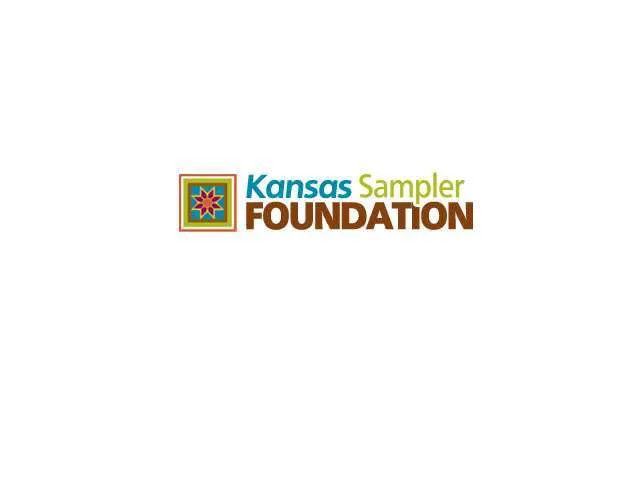What are farmers to do? Farmers are expected to walk away with higher than average profits for 2021. But forecasts for 2022 are bleaker.
Kansas State University just released its “Preliminary Estimate of 2021 Kansas Net Farm Income and a Projection for 2022″ report. What they found was farmers will need to be prepared for what lies ahead.
“For 2021, we expect the net farm income for Kansas grain farms to be around $261,000, which is a 39% increase from 2020,” Gregg Ibendahl reported in a release with regards to the report.
Ibendahl and Dan O’Brien, both agricultural economists for KSU, found not all farms will experience a profit in 2021 and Ibendahl expects that 10% of farms will see negative net income. But overall, the study concludes 2021 will bring strong returns for most farmers. This will be helped by government support.
The estimates examined in the report for last year and this year examine seven areas: yields, prices, crop acres, expenses, crop insurance, government payments from the farm bill and ad hoc government payments. Projections came from an examination of 588 grain farms in the Kansas Farm Management Association database.
Although expenses went up this year, many farmers had already purchased inputs like fertilizer, but as inflation continues to increase and the supply chain teeters, farmers are expected to experience a decrease in profit margins.
2022 expected to see many farm balance sheets in the red. According to the study, net farm income is forecast to fall 65% in 2022 to $90,000. However, the amount of rainfall and the timing of input purchases can sway this forecast in either direction.
Ibendahl expects diesel and other fuels to show a 30% increase in 2021 and an additional 30% increase in 2022. In addition, seed costs are forecast to be 5% higher in 2021, but rise an additional 20% in 2022, he reported. Pesticides are expected to face similar increases.
“Everything in 2022 is going to be at least 5-10% higher for input costs because of inflation,” Ibendahl stated. “Fuel and oil prices are tied to fertilizer prices to some degree.”
Ibendahl estimates that just under 30% of Kansas farms might come out in the red in 2022.
What farmers can do to prevent the deterioration of profits. First off, O’Brien said, farmers need to closely scrutinize their expenditures and economize where they can.
“There’s a lot of concern about high fertilizer prices and inflation and other crop inputs as well,” he said. “So, this is the time when they can look closely at soil testing.”
O’Brien also suggests, along with economizing on inputs, for farmers to focus on the absolutely most important items. He said farmers need to ensure good crop yields.
“It’s a time for focus on cost efficiency,” he said. “It’s a stressful time, but in a way it’s bringing out the best of their managerial abilities, their ability to control costs.”
O’Brien said it is crucial for each farmer to also pursue adequate marketing plans.
Right now, the higher prices for grains are mitigating the increased prices for inputs, but this can change at any point. Because of this economic outlook, O’Brien is suggesting more of an emphasis this year on price protection.
“They need to protect themselves from having that tough scenario of having high input costs and suddenly having low prices,” he said.
O’Brien recommends futures hedges, futures options, crop revenue insurance and a “proactive, preharvest marketing mode.”
Livestock prices expected to remain stable in 2022. Although, other than wheat, grain prices are expected to dip, livestock prices are expected to remain steady in 2022. Beef profits are expected to go up, while swine, poultry, eggs and sheep will stay flat.
In 2022, there is expected to be a dramatic increase in labor costs, fuel, taxes, machinery repairs, utilities and veterinarian bills.
As reported in The Hutchinson News




